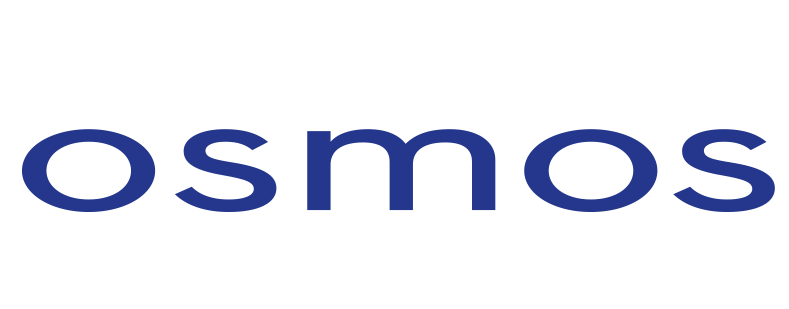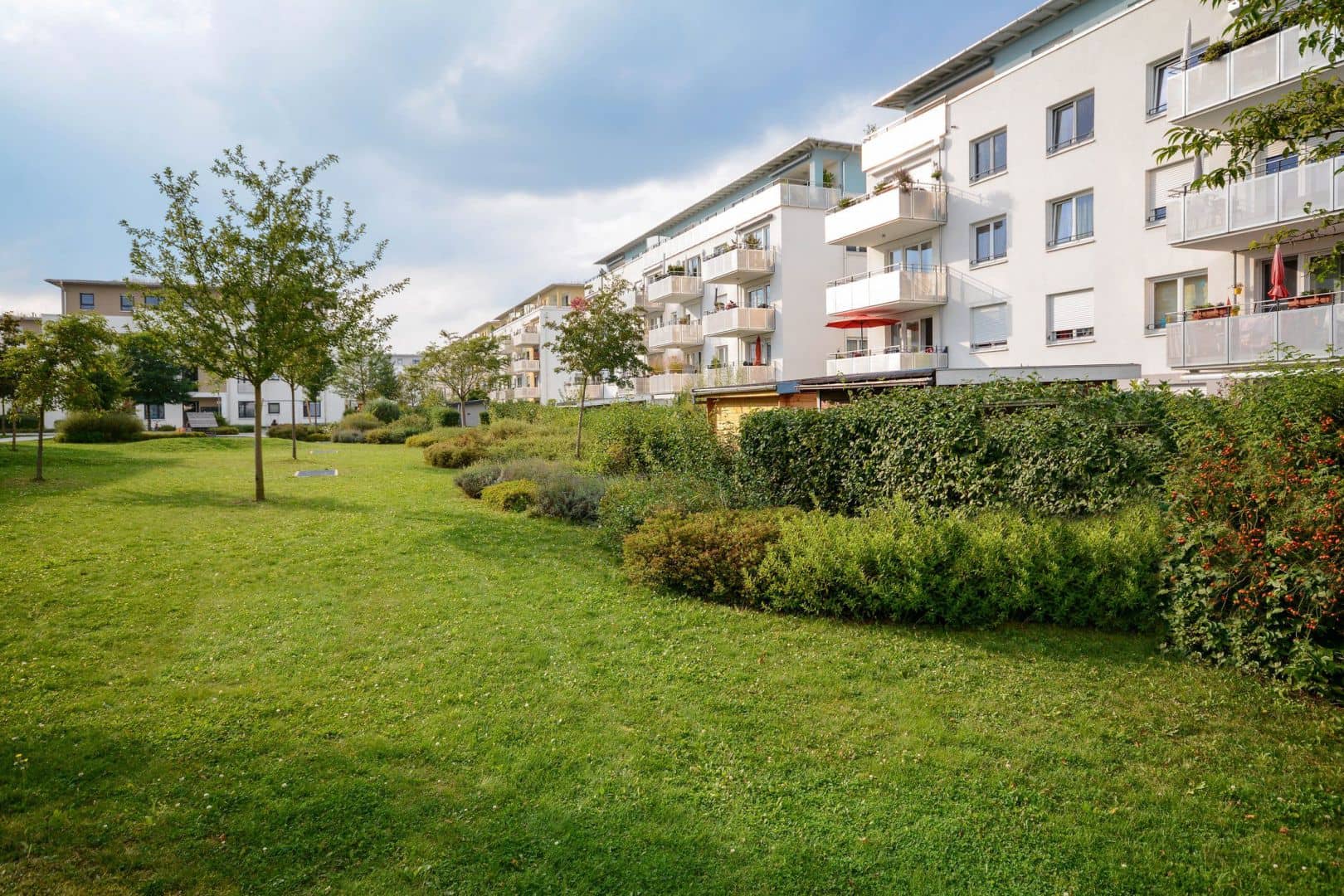Detect structural pathologies in your buildings for every scenario
The subjects of building health and structural risk management are becoming a major source of concern for local populations. In addition to being exposed to internal constraints, certain structures may also be strained by events associated with their environment, namely weather and seismic phenomena, as well as neighboring construction projects. Those stresses increase the risk of the appearance of problems in buildings and can compromise their structural integrity.
OSMOS solutions respond to these issues, by identifying the risks specific to each construction and assessing how the structure responds to those types of events.
+30 buildings in sensitive environments references
As a structural asset manager, enjoy OSMOS expertise
OSMOS solutions offer responses to the issues specific to structures located in sensitive areas, thanks to the early detection of structural faults. By combining continuous monitoring and behavioral engineering, OSMOS is
able to monitor and analyze a building’s overall stability and the impact of weather, seismic phenomena and/or neighboring structures. Also, the OSMOS solutions permit to continuously monitor structural defects and questions, such as fissures. Thus, the information derived from our services are of precious help in managing risks and in improving building management and upkeep.
Buildings
Prevention
Detection of structural defects
Prevention of disputes
Verification
Fissures, cracks, crevices
Creep, spillage, inclination, bursting force
Load-bearing capacity, differential settlement, discharging arch
External loads
Crisis management
Disasters, protective measures
Climate phenomena
Extraordinary events
Earthquakes
Your structure's response at a specific time
Buildings like high-rises are subject to a multitude of constraints associated with weather and/or seismic conditions, human activity and the surrounding environment. Thanks to continuous, real-time measurements, OSMOS can not only analyze the structure’s long-term behavioral trends, but also the impact of occasional “dynamic” stresses. Studying its responses during and after an event can help determine whether or not that strain caused any irreversible damage.
Resistance of the building to repeated earthquakes and weather phenomena
Although buildings that are exposed to seismic and weather risks are designed to resist those phenomena, they can still have an impact on such structures. Continuous monitoring makes it possible to describe a structure’s mechanical behavior and identify its structural weaknesses. In the long run, the quantity of data recorded will also enable forecasts about a building’s future mechanical behavior and its estimated remaining life.
Global and local detection
OSMOS records a structure’s dynamic characteristics – the frequency, damping ratio and modal deformation of each mode of vibration – in order to define its intrinsic signature. After experiencing stress, that signature indicates whether or not the building has suffered any damage, locates the damage and assesses its severity.
Acceleration data from AAA accelerometers and deformation measurements from OSMOS Optical Strands, all covering the entire building, can be combined, in order to produce precise information about a structure’s overall stability and to preserve its structural integrity in the long term.
OSMOS helps you
Protect your structure from the vicissitudes to which it is exposed. By placing it under continuous monitoring and carrying out targeted maintenance actions, you can guarantee its integrity and its preservation over time.
Ensure your buildings’ availability, thanks to preventive management, by taking action in the right place, at the right time, so you can prevent urgent situations.
Our monitoring systems function in real time and detect any abnormal behavior, 24/7, for optimal control over your structure’s safety.
Put an end to urgent responses: avoid critical situations that could force the closure of your building and the substantial expenses associated with protective measures.
Verify the actual impact of natural and environmental phenomena on your property, in order to define appropriate upkeep actions to preserve your structure and extend its life.
Tailor your maintenance policy to your structure and manage your priorities, so as to significantly reduce the costs of your bridge’s upkeep and renovation work.


